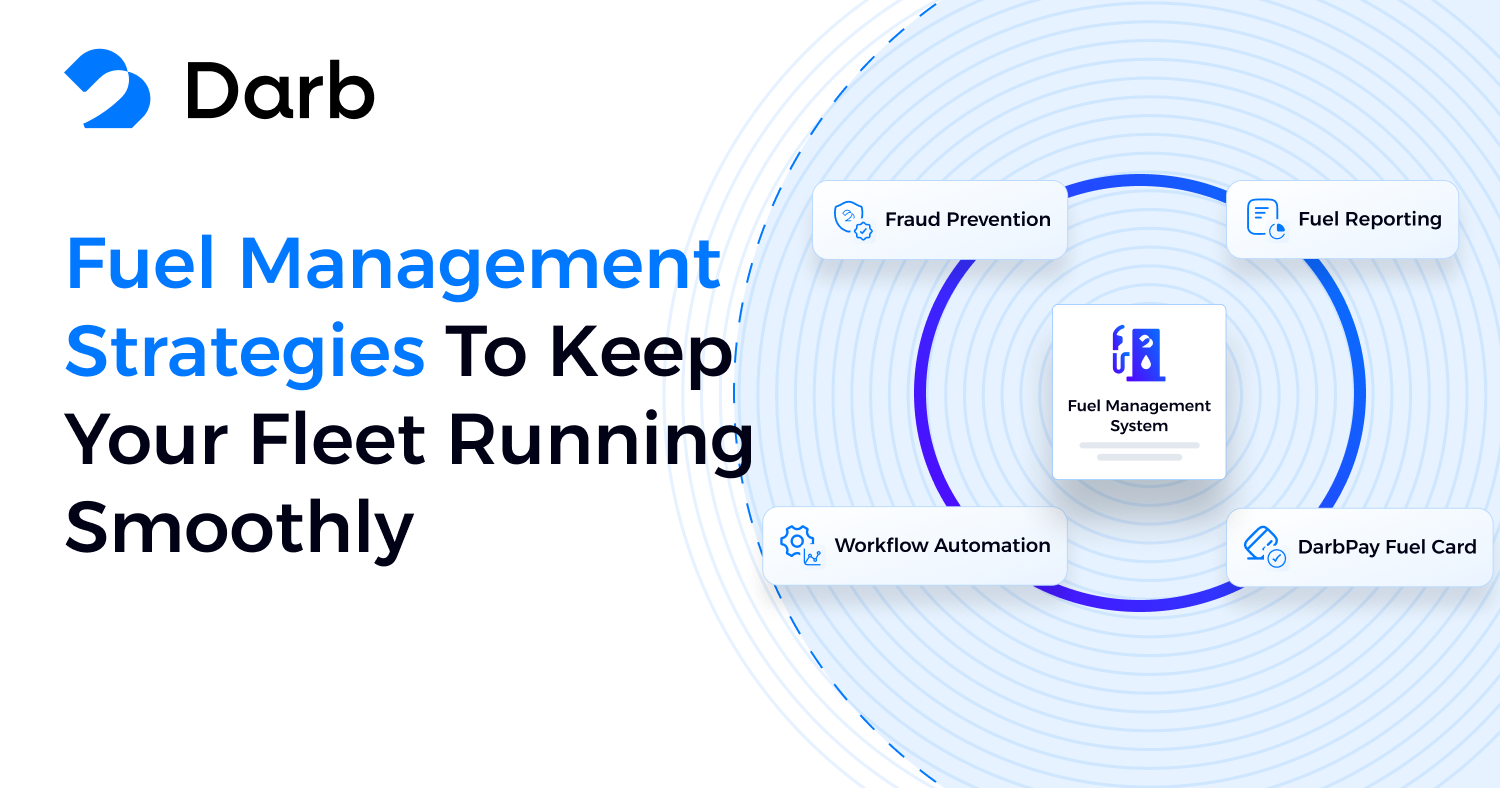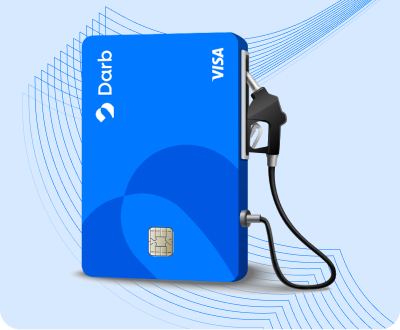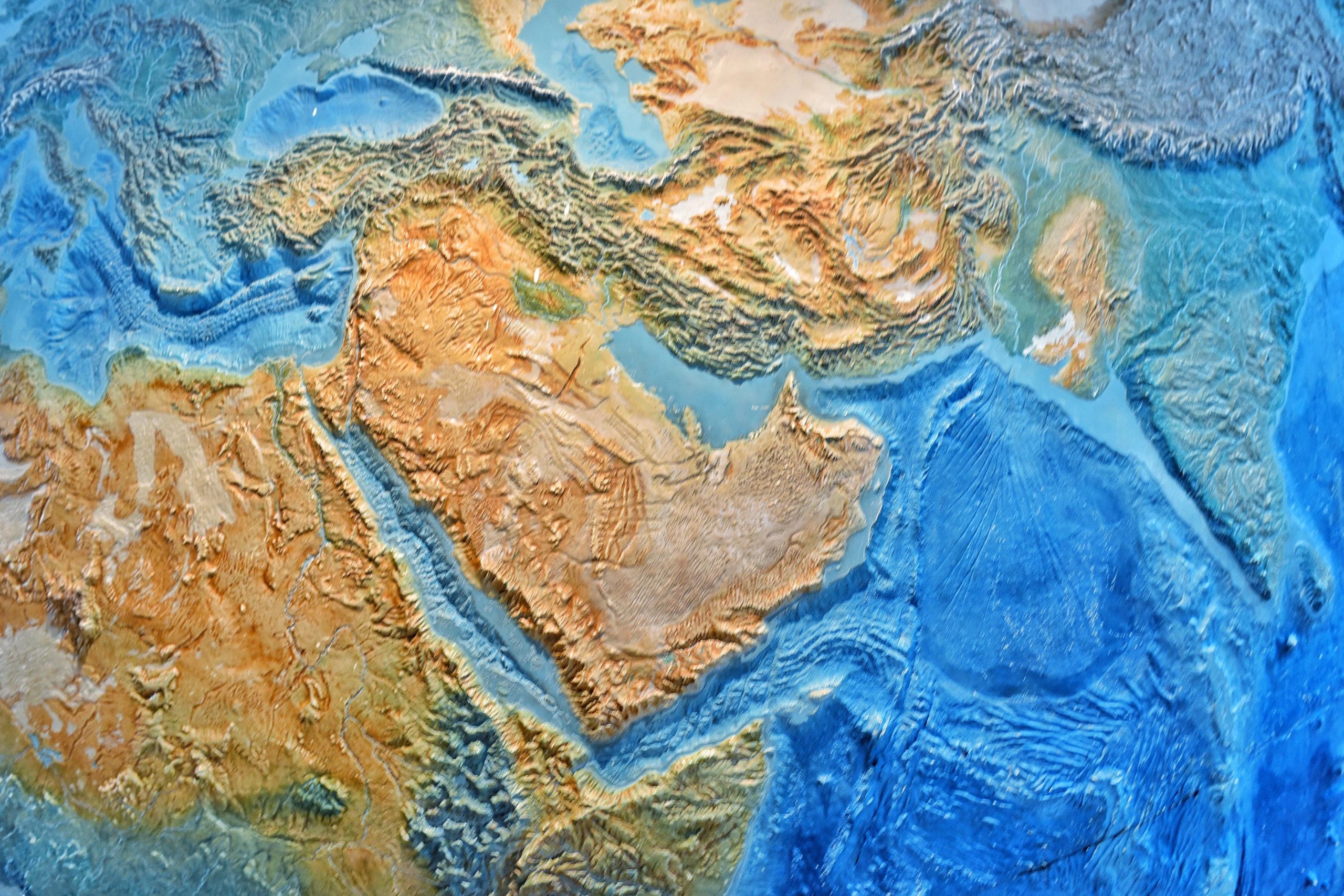If you manage a fleet of vehicles, you know fuel is one of the biggest expenses eating into your budget. Fuel prices fluctuate, driver behavior varies, and unexpected costs can throw a wrench into your operations. Without a solid fuel management strategy, you’re essentially leaving money on the table—money that could be reinvested into your business.
But here’s the good news: with the right approach, you can optimize fuel usage, reduce waste, and keep your fleet running smoothly. Let’s dive into the best fuel management strategies that will help you save money and maximize efficiency.1. Implement a Fuel Card Program
One of the most effective ways to manage fuel costs is by using a fuel card program. Fuel cards provide real-time tracking, control over spending, and detailed reports on fuel usage. They help prevent fuel fraud by linking each fuel transaction to a specific driver and vehicle. A well-designed fuel card program offers benefits such as:- Setting spending limits per transaction
- Restricting purchases to fuel-only expenses
- Tracking mileage to ensure fuel consumption matches expectations
- Identifying suspicious activity, such as excessive refueling
2. Optimize Route Planning
A poorly planned route can lead to wasted fuel and unnecessary expenses. Investing in route optimization software can help you:- Find the most fuel-efficient paths
- Avoid congested roads and construction zones
- Reduce idling time
- Minimize unnecessary detours
3. Monitor Driver Behavior
How your drivers operate their vehicles has a significant impact on fuel consumption. Aggressive driving behaviors such as speeding, harsh braking, and rapid acceleration can increase fuel usage by up to 30%. Encourage fuel-efficient driving by:- Providing training on eco-driving techniques
- Installing telematics systems to track driving habits
- Offering incentives for fuel-efficient driving
4. Perform Regular Vehicle Maintenance
A well-maintained vehicle runs more efficiently and uses less fuel. Routine maintenance checks should include:- Keeping tires properly inflated (under-inflated tires can increase fuel consumption by 3%)
- Changing air filters regularly to improve engine efficiency
- Using the correct motor oil to reduce engine friction
- Performing regular engine tune-ups
5. Reduce Vehicle Idling
Idling is one of the biggest fuel wasters. A truck or van idling for just one hour can burn up to one gallon of fuel. That adds up quickly when multiplied across an entire fleet. To minimize idling:- Educate drivers on the cost of idling and encourage them to turn off engines when parked
- Use GPS tracking to monitor and reduce excessive idling
- Invest in auxiliary power units (APUs) for trucks that need power without running the engine
6. Utilize Fuel-Efficient Vehicles
If your fleet includes older, gas-guzzling vehicles, it may be time for an upgrade. Modern vehicles are built with better fuel efficiency standards and can significantly reduce fuel costs. Consider investing in:- Hybrid or electric vehicles for short-haul routes
- Diesel engines for better fuel economy in long-haul trucks
- Lightweight vehicles to improve fuel efficiency
7. Leverage Fuel Data Analytics
Data is your best friend when it comes to fuel management. By analyzing fuel usage patterns, you can identify inefficiencies and make data-driven decisions to improve fuel efficiency. A good fleet management system should provide:- Real-time fuel consumption reports
- Alerts for unusual fuel spending
- Comparisons of fuel efficiency across different vehicles and drivers
8. Set Fuel Policies and Enforce Them
Having a clear fuel policy in place ensures that all drivers understand expectations regarding fuel usage. Your fuel policy should include:- Guidelines on refueling locations (e.g., only using preferred fuel stations with lower prices)
- Restrictions on unauthorized fuel purchases
- Best practices for fuel-efficient driving
9. Compare Fuel Prices Before Refueling
Fuel prices can vary significantly from one station to another. Encourage drivers to use apps or fleet management tools that provide real-time fuel price comparisons so they can refuel at the cheapest locations. Some ways to ensure cost-effective refueling include:- Using fuel cards that offer discounts at specific stations
- Monitoring fuel price trends and refueling when prices are low
- Implementing a policy to avoid high-priced, last-minute refueling
10. Transition to Alternative Fuels
With fuel costs on the rise, many fleet managers are exploring alternative fuel options such as:- Compressed Natural Gas (CNG)
- Liquefied Petroleum Gas (LPG)
- Biodiesel
- Electric or hybrid vehicles
11. Use Telematics for Smarter Fuel Management
Telematics systems provide real-time data on vehicle location, driver behavior, and fuel consumption. By integrating telematics into your fleet management strategy, you can:- Monitor fuel efficiency for each vehicle
- Detect unauthorized fuel purchases
- Optimize routes and reduce idling





